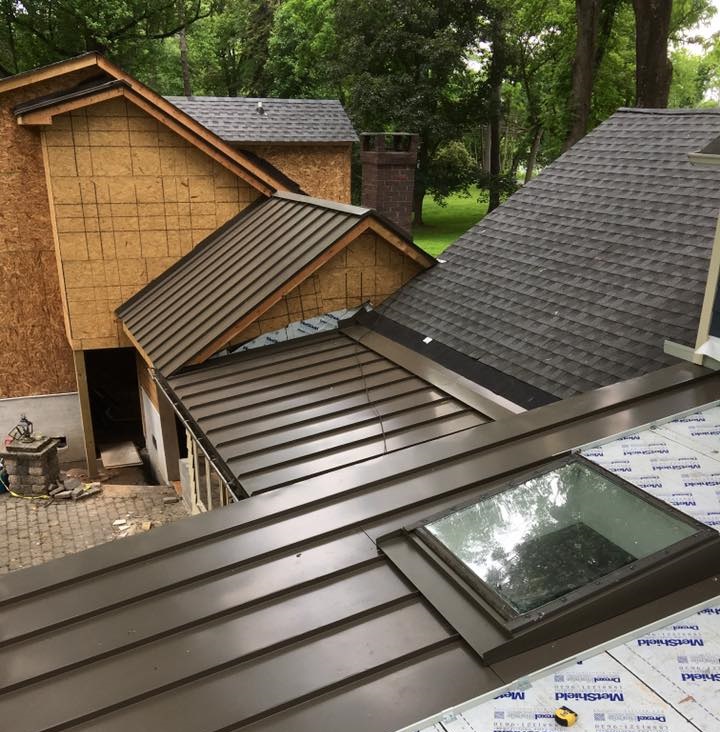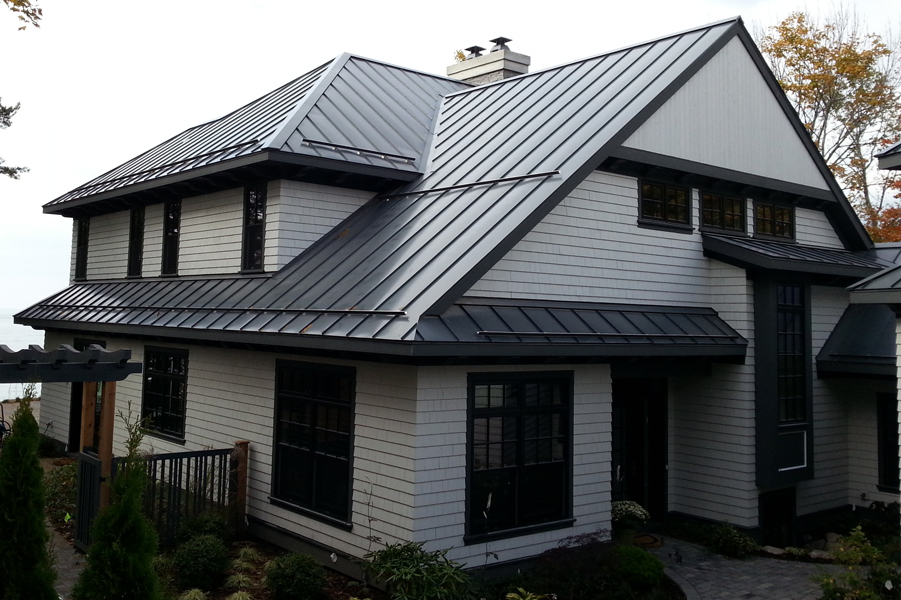How Much Heat Are You Loosing Through Your Roof? Update
How have your heating bills been over the last few weeks? I have little doubt that most of your jaws dropped wide open.
Some of you probably ran through the house and noticed all the cold spots in the house, did your best to fix those situations, sealed the areas around the windows, replaced or added weather-stripping around and under the doors. Maybe you even used that plastic sheeting and a blow-dryer to completely seal up the entire window.
But now, you’re looking at your bill and saying I thought all of this was going to help, why is my bill still so high? The one place you probably forgot to look was up.
Give or take, about 25% of the heat produced by your heating system will escape through the roof of your home. About 35% of the heat will escape through the walls and through gaps, in and around windows and doors, and about 10% of heat will disappear through the floor.
When you’re considering making changes to your home or business, changes in heating and cooling costs can be a very important deciding factor. But did you know that the type of roof you select can make a big difference in your utility bills?
Exterior reflection of heat and light
A light-colored metal roof is by nature reflective. Instead of soaking in the heat as asphalt shingles do, metal roofing reflects that heat back into the air, allowing it to stay cooler. At the same time, it’s also reflecting light away from your building, preventing the light energy from heating up the shingles, much like the science experiment comparing temperatures of dark and light objects placed in the sun. This means that your cooling bill is significantly lower in a metal-roofed building than a comparable asphalt-shingled building.
Interior reflection of heat
Metal roofing isn’t only reflective on the outside – it’s also reflective on the inside. When you’re heating a building, would you rather that the heat simply transfer through the roofing materials to the outside or would you rather it be reflected back into the building to help retain the heat? There have been a number of new insulation and radiant floor heating products developed over the past few years that are based on reflecting heat back into a structure, but metal roofing has been providing that same effect for many decades.
Lack of thermal mass
Asphalt shingles are created from a heavy, dense material. Much like large stone or log structures, they can take a very long time to heat up or cool down because they hold heat on your roof and in your attic. This essentially creates an unintended heatsink on the top of your home or building while making it take much longer to heat up or cool down. By comparison, metal roofing has a very low thermal mass, meaning that it doesn’t have an inherent ability to hold heat or cold that radiates back into your structure and makes it easier for your building to be heated or cooled effectively awhile requiring less energy.
Now that you’ve had the opportunity to learn about the financial and environmental benefits a metal roof can bring to your project, it’s time to put that information into action. Give DYMI Construction a call or drop us a line today!
This Post Has One Comment
Comments are closed.



[…] customer happened to have come across one of our posts on Facebook, the one about the heating bill horror show. After reading that post and a few others, she sent her husband on a search around the house to try […]